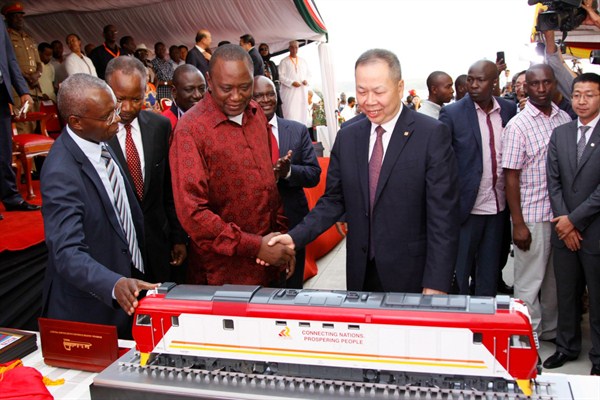Editor’s note: This article is part of an ongoing series about China’s One Belt, One Road infrastructure initiative, also known as the Silk Road Economic Belt and the 21st Century Maritime Silk Road.
When authorities inaugurated a new railway line linking Kenya’s capital, Nairobi, to the coastal city of Mombasa last week, President Uhuru Kenyatta hailed the milestone as “a new chapter,” according to the BBC. The railway, which was funded by China, is reported to be the largest infrastructure project in Kenya since the country’s independence from Britain in 1963. In an email interview, James Shikwati, economist and founder of the Inter Region Economic Network in Nairobi, describes Kenya’s role in China’s One Belt, One Road infrastructure initiative and why domestic perception of Chinese investment is improving.
WPR: How have Kenya’s ties to China evolved in recent years, and what have been the main areas of cooperation?

